andywg
Aquarium Advice Regular
Well, I saw this guy at the weekend and decided last night that despite my initial thoughts, I do have room for him somewhere, so I sent nina out to pick him up. The shop had him labelled up as a "Pop-Eye Sea Goblin" but in a surprise turn of events also had a scientific name for him: Inimicus filamentosus.
Now I am not so sure on that species. As you will see below he has some pretty cool antler-like growths from just behind the eyes that are lacking in any pictures I have seen of I. filamentosus. The closest match I can find would be Pteroidichthys amboinensis or maybe even one of the Rhinopias spp.
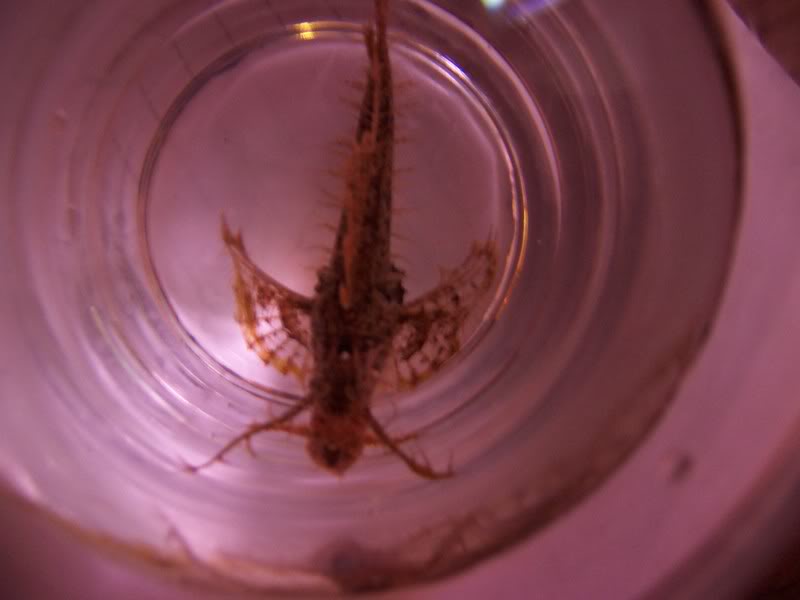
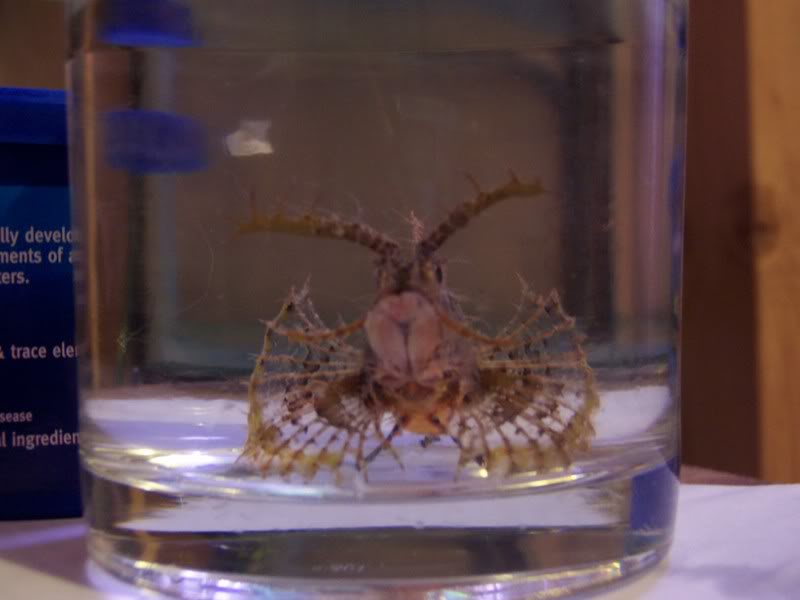
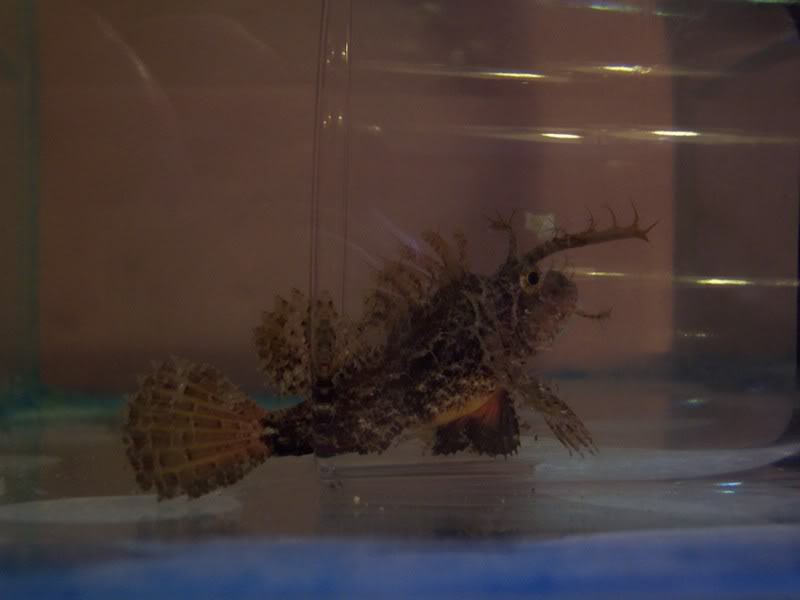
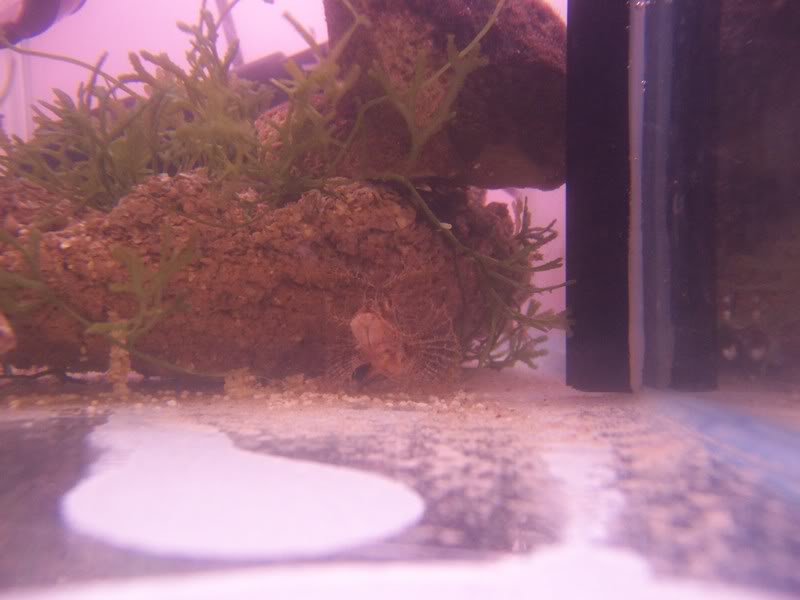
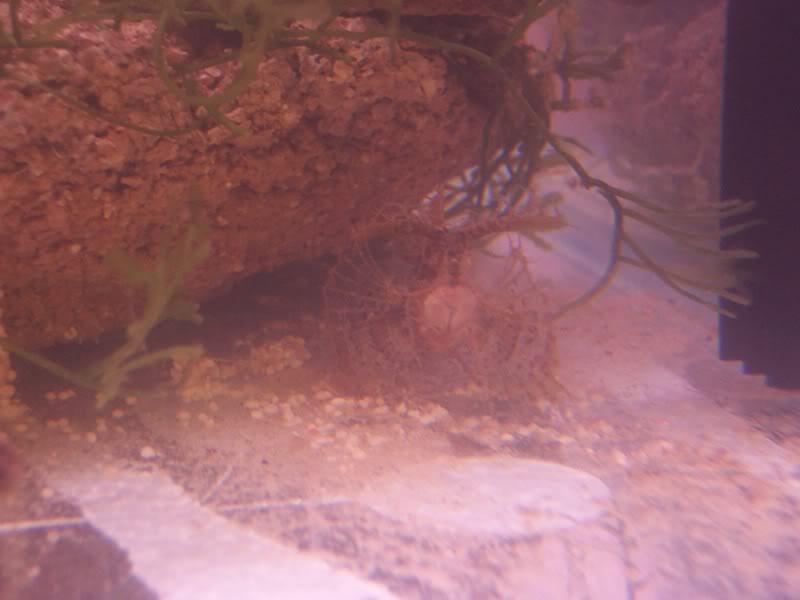
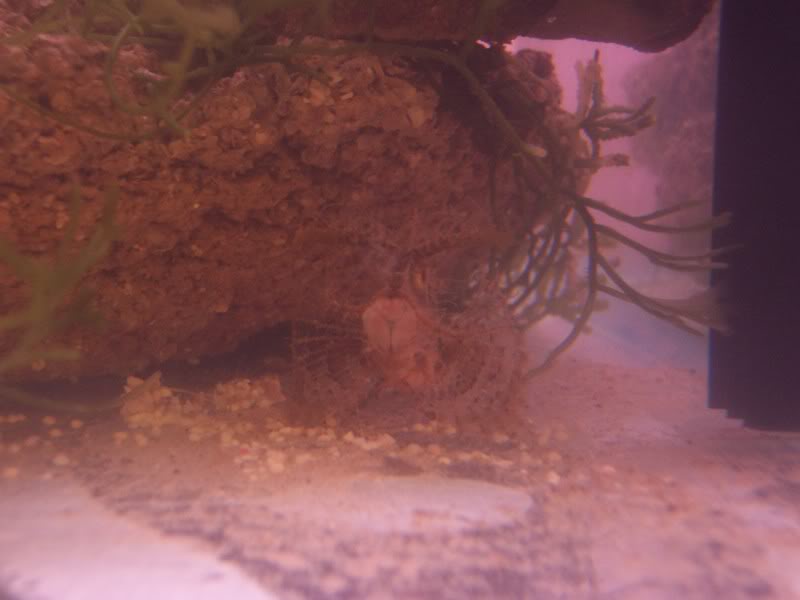
Now I am not so sure on that species. As you will see below he has some pretty cool antler-like growths from just behind the eyes that are lacking in any pictures I have seen of I. filamentosus. The closest match I can find would be Pteroidichthys amboinensis or maybe even one of the Rhinopias spp.






